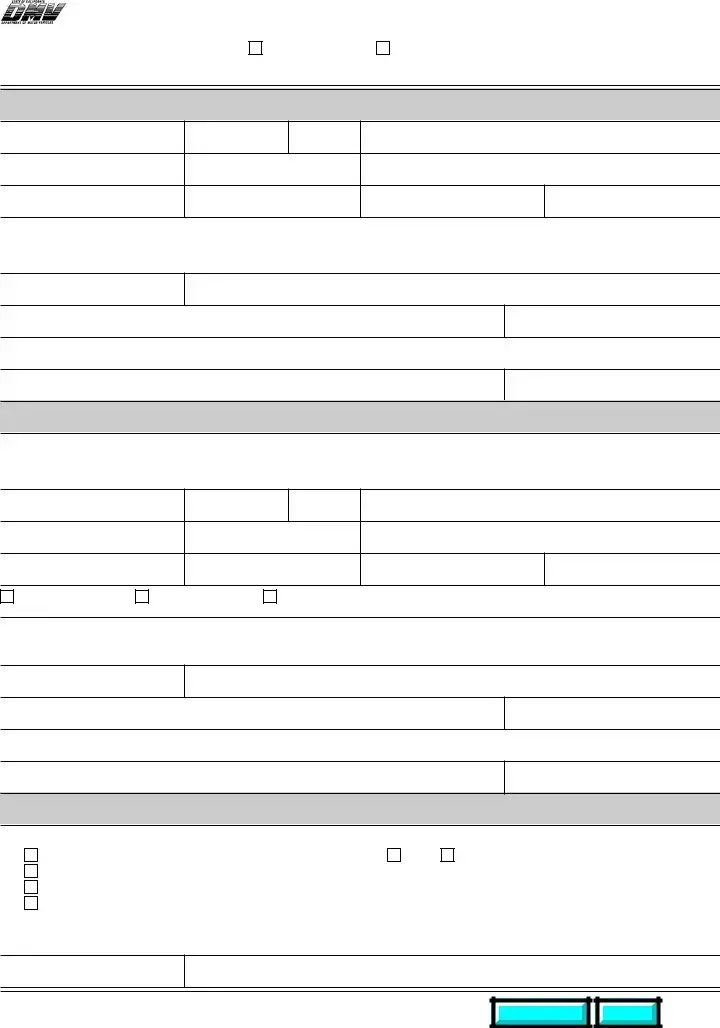What is the purpose of the CA DMV 488C form?
The CA DMV 488C form is used to apply for either a Salvage Certificate or a Nonrepairable Vehicle Certificate. A Salvage Certificate indicates that a vehicle has been declared a total loss, often due to an accident or other significant damage. This certificate is essential for tracking vehicles that have been deemed unsafe for road use. On the other hand, a Nonrepairable Vehicle Certificate is issued for vehicles that cannot be repaired at all. These vehicles may not be titled or registered for public road use.
Who needs to fill out this form?
This form should be completed by vehicle owners who have received a total loss settlement from their insurance company, particularly if they wish to retain the vehicle. Insurance agents may also fill it out on behalf of the vehicle owner. It is important for individuals who own salvage or nonrepairable vehicles to apply for the respective certificates within ten days of the settlement to comply with California regulations.
What information is required on the form?
When filling out the CA DMV 488C form, the applicant needs to provide specific details including the vehicle's license number, make, model year, and Vehicle Identification Number (VIN). Additionally, the date of registration expiration, claim number, cost or value of the vehicle, and details surrounding the vehicle's wreck or destruction must be included. Sections vary depending on whether one is applying for a Salvage or Nonrepairable Vehicle Certificate, so it's vital to fill out the correct section accordingly.
What happens if I fail to submit the form on time?
If you do not submit the CA DMV 488C form within ten days of your insurance settlement, you may encounter difficulties regarding the registration status of your vehicle. Failing to apply for a Salvage or Nonrepairable Vehicle Certificate on time could lead to legal complications, including issues with titling the vehicle in the future, and potential fines from the DMV.
Can a vehicle with a Salvage Certificate be legally driven?
What does a Nonrepairable Vehicle Certificate mean?
A Nonrepairable Vehicle Certificate signifies that a vehicle is beyond repair and cannot be registered for road use in California. This means that while ownership can be transferred, it can only happen a limited number of times under this certificate. The vehicle must be disposed of appropriately, ensuring it does not return to the road in an unsafe condition.
Do I need to surrender the vehicle's license plates when applying?
Yes, when applying for either certificate, you are required to surrender the license plates assigned to the vehicle. This helps the DMV keep accurate records of vehicles that are no longer viable for public use. You can indicate whether the plates are being surrendered, retained, lost, or destroyed on the application form.


